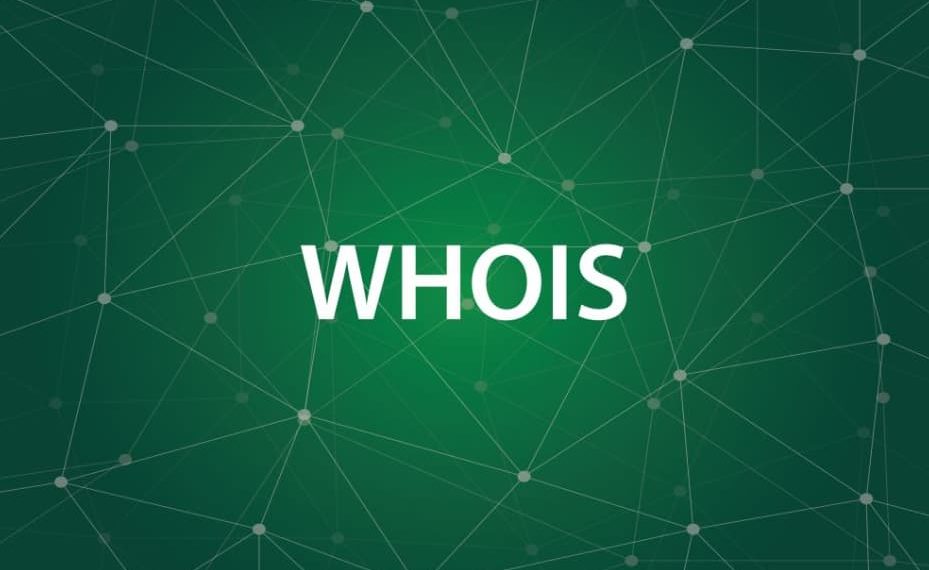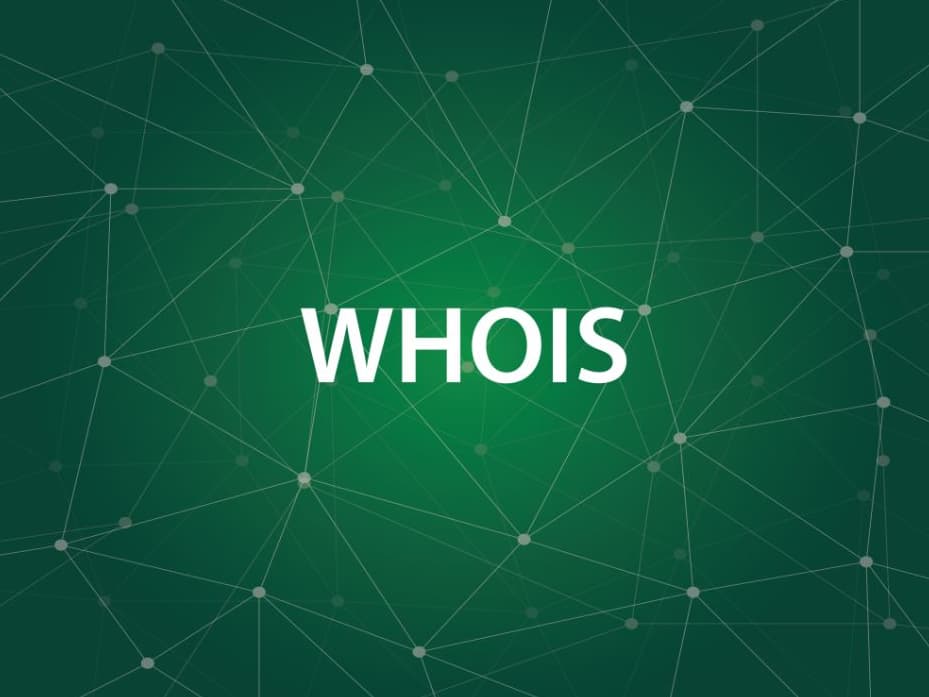Within the expansive landscape of the internet, with roughly 33,000 new website addresses popping up every day, figuring out who is responsible for a given website is key for those fighting online threats.
Enter WHOIS data. WHOIS helps cybersecurity experts by rummaging through records to find out who’s behind a website, when it was created, and how to get in touch with them.
But for those battling against digital risks, just knowing the owner of one website isn’t always enough.
What happens when you need to peel back layers on a group of dodgy websites or track down the masterminds of a digital attack?
Understanding Reverse WHOIS API: A Tool for Uncovering Cyber Threats

This is where using Reverse WHOIS API becomes a game changer, throwing a spotlight on hidden cyber dangers.
What is Reverse WHOIS API?
The Reverse WHOIS API, sometimes called Reverse WHOIS lookup, is a high-tech tool for cybersecurity experts. It lets them dig into domain registration databases using different search terms.
The goal? To get a list of domains owned by a particular person, group, or entity.
Regular WHOIS lookup only tells you about one domain. But by using Reverse WHOIS API, you can hunt down lots of domains at once.
Just plug in things like email addresses, organization names, or keywords, and you’re off to the races.
How Does Reverse WHOIS API Work?
To use the Reverse WHOIS API, cybersecurity experts enter particular search terms, like an email address or organization name, into the system.
The API then checks various domain registration databases and combines the findings to generate a detailed list of domains that meet the given criteria.
This procedure includes gathering extensive data from domain registration records, DNS databases, and other outlets to assemble the requested details.
Key Features and Capabilities of WHOIS API:

Comprehensive Search Functionality
Reverse WHOIS API offers a comprehensive search functionality that enables users to query domain ownership information based on various criteria.
Whether searching by email addresses, organization names, or specific keywords, the tool provides flexibility in refining search parameters to uncover relevant domain records.
This feature allows cybersecurity professionals to conduct targeted investigations and identify domain clusters associated with potential cyber threats more efficiently.
Historical Data Analysis
Another standout aspect of the Reverse WHOIS API lies in its ability to delve into historical data. By tapping into archived records of domain ownership, users gain insight into ownership shifts and detect trends in domain registrations over time.
This retrospective viewpoint proves invaluable in spotting questionable behaviors, like sudden surges in domain registrations or frequent changes in ownership, which could hint at malicious motives.
The capacity to scrutinize historical data boosts the potency of cybersecurity probes and empowers proactive measures for identifying and tackling threats.
Use Cases in Cybersecurity

Identifying Malicious Domain Networks
The Reverse WHOIS API plays a crucial role in spotting suspicious domain networks by scrutinizing ownership details. Security experts leverage this tool to reveal groups of domains registered by the same entity, signaling potential cyber threats.
By examining the connections among these domains, analysts in the security field can understand the strategies used by threat actors, empowering them to take preemptive measures against potential cyberattacks.
Investigating Phishing Campaigns
Phishing still poses a big cyber danger, as bad actors often snatch up domains to set up phishing sites aimed at catching unaware users.
The Reverse WHOIS API can help cybersecurity experts dig into phishing campaigns by spotting domains registered with similar email addresses or organization names.
By tracing these links, security teams can swiftly locate the setup used by phishing actors and then act accordingly to lessen the threat, like blocking dodgy domains and raising awareness among users about phishing risks.
Uncovering Brand Abuse and Trademark Infringement
Brand misuse and trademark violation can greatly damage organizations, spoiling their image and diminishing confidence among consumers.
The Reverse WHOIS API helps cybersecurity experts keep an eye on brand misuse and trademark violation by pinpointing domains that imitate or violate a company’s trademarks or intellectual property.
By actively watching over domain registrations and who owns them, organizations can spot illegal use of their brand elements and initiate legal proceedings to safeguard their intellectual property rights.
Tracking Infrastructure Used in Cyber Attacks
Cyber attackers employ various infrastructure components like domains, IP addresses, and hosting services to execute their attacks.
The Reverse WHOIS API empowers cybersecurity experts to trace the infrastructure employed in cyber assaults by pinpointing domains linked to recognized threat actors or malicious behaviors.
Through vigilantly observing alterations in domain ownership and tracing the development of malevolent infrastructure, security teams can outpace cyberattackers and promptly counter emerging threats.
Benefits for Cybersecurity Professionals
Cybersecurity experts can reap numerous advantages from using the Reverse WHOIS API in their investigations.
A key perk is its ability to simplify inquiries and cut down on manual work.
Rather than painstakingly checking separate WHOIS databases for each domain, professionals can use the Reverse WHOIS API to get thorough results much faster.
This efficiency boosts their capability to detect and respond to threats in a proactive manner.
Considerations and Limitations
Although the Reverse WHOIS API can be a potent tool for detecting cyber threats, it’s crucial to acknowledge specific limitations and hurdles. One significant factor to note is the accuracy of the data.
The reliability of the Reverse WHOIS API hinges on the accuracy and thoroughness of the domain registration details it relies on.
Furthermore, accessing and scrutinizing domain ownership info might trigger privacy concerns and raise questions about compliance with regulations.
Best Practices for Using Reverse WHOIS API
To make the most of Reverse WHOIS API and minimize risks, cybersecurity experts need to adhere to recommended approaches. This involves confirming the correctness of acquired data by checking it against various sources and being careful when dealing with confidential information.
Furthermore, staying compliant with applicable privacy regulations and laws concerning data protection is essential for ensuring the ethical and lawful use of Reverse WHOIS API.
Final Thoughts
The Reverse WHOIS API proves invaluable for cybersecurity experts aiming to pinpoint online risks and fortify their defenses.
With its wide-ranging domain ownership details, the API facilitates proactive threat detection and simplifies investigative procedures.
However beneficial, it’s crucial to handle its utilization with care, taking into account aspects like data precision, privacy issues, and regulatory adherence.
By following recommended protocols and making optimal use of the Reverse WHOIS API, cybersecurity specialists can bolster their digital security stance and remain vigilant against emerging online threats.

